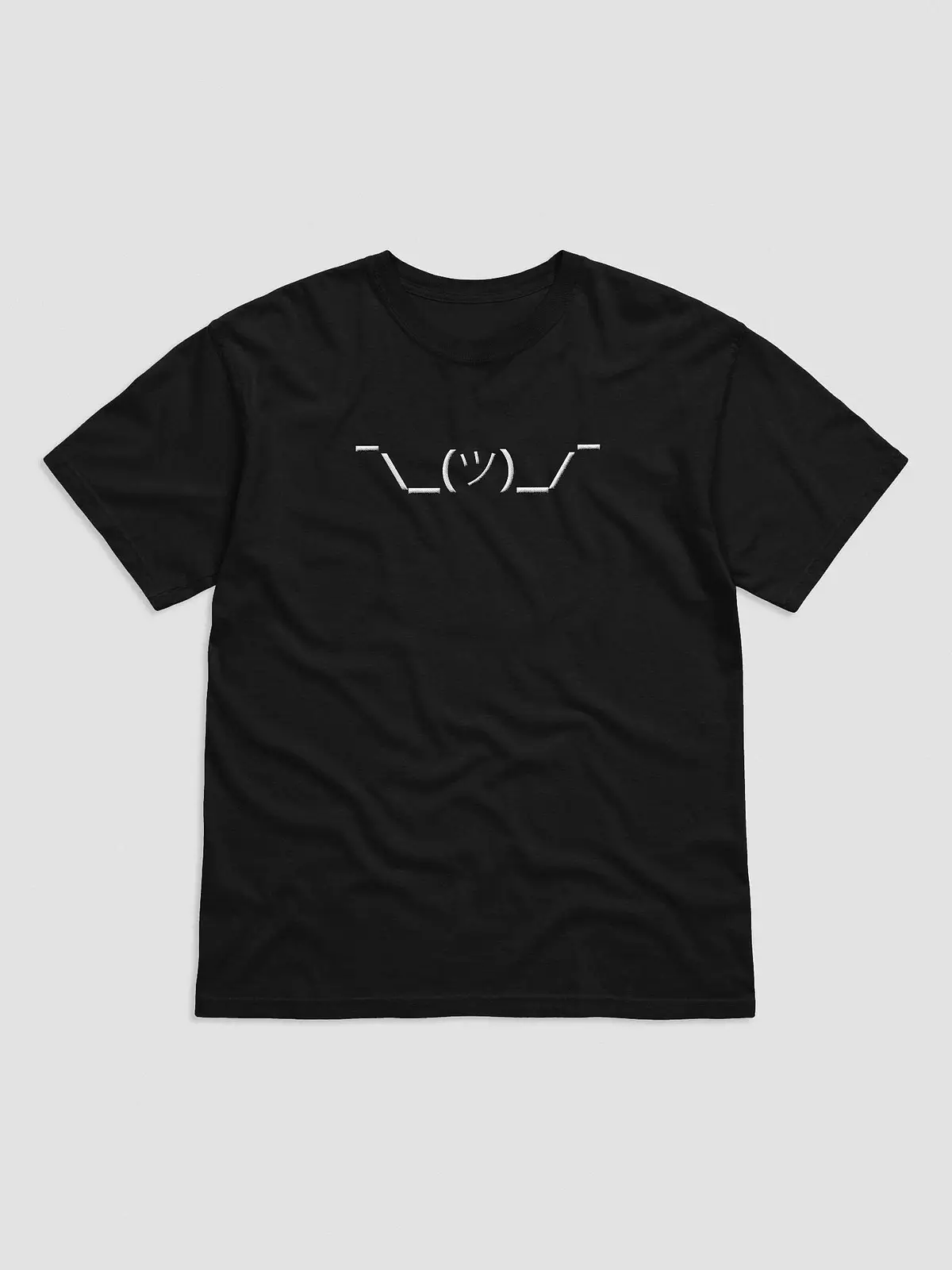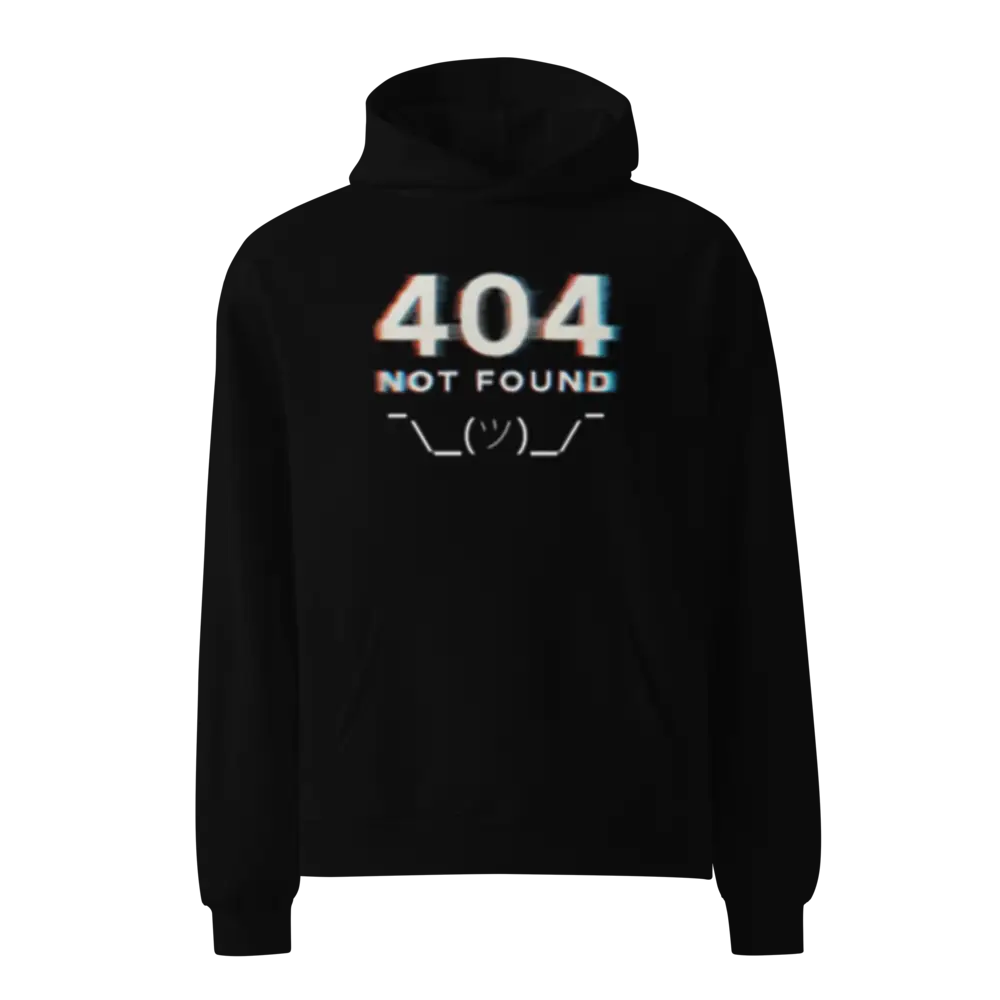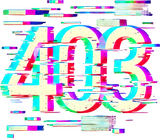Shruggie, the ASCII Art I Don't Know Emoticon

Ever found yourself at a loss for words and resorted to typing out ¯\_(ツ)_/¯? Since you're here, you probably want to copy it to use it right? Go ahead, copy/paste away my friend:
¯\_(ツ)_/¯
This combo of characters has become the universal symbol for "I don't know" or a general display of shrugging off uncertainty. But where did this piece of ASCII art originate, and how did it become the go-to expression of indifference in the digital age?

The Birth of the Shruggie
The shrug emoticon, affectionately known as the "shruggie," is a prime example of kaomoji—Japanese emoticons that use a combination of characters to represent facial expressions and body language. Unlike their Western counterparts, which are typically read sideways (like the classic smiley :-)), kaomoji are read upright, allowing for more intricate and expressive designs.
While it's challenging to pinpoint the exact moment the shruggie was born, its roots are deeply embedded in Japanese internet culture. The central character, "ツ" (tsu), is a katakana character that resembles a smiling face, making it a popular choice in kaomoji. By adding arms and a shrugging posture, the ¯\_(ツ)_/¯ emoticon effectively conveys a sense of nonchalance or confusion. It's a perfect example of an ASCII I don't know look.
Rise to Global Popularity
The shruggie made its way to Western audiences through various online communities and forums. Its versatility and expressive nature quickly caught on, and it became a staple in digital conversations. The emoticon's popularity soared as internet users embraced it to convey a range of sentiments, from genuine uncertainty to playful indifference. These days, if you search something like "ASCII Don't know" or "ASCII art I don't know," chances are you’ll land on the classic shruggie almost immediately.

Typing the Shruggie with Ease
For many, typing out ¯\_(ツ)_/¯ can be a cumbersome task, especially since it involves characters not readily available on standard keyboards. To streamline the process, users have devised shortcuts and text replacements:
- On Mac: You can set up a text replacement so that typing a specific shortcut (like "shrug") automatically expands to ¯\_(ツ)_/¯.
- On Windows: While Windows doesn't have a built-in text replacement feature like macOS, third-party applications can help you create similar shortcuts.
- On Mobile Devices: Both iOS and Android devices allow users to set up text replacements in their keyboard settings, making it easier to summon the shruggie on the go.
The Shruggie in Modern Communication
These days, the shruggie is basically internet shorthand for "meh." It’s more than just a cute emoticon—it's a quick, cross-cultural way to say you're unsure, indifferent, or just rolling with it. With a few characters, people everywhere can shrug their digital shoulders and move on.
So, the next time you're unsure of something or just want to playfully throw your hands up in the air (figuratively speaking), remember the humble shruggie: ¯\_(ツ)_/¯—the undisputed king of ASCII I don't know expressions.






